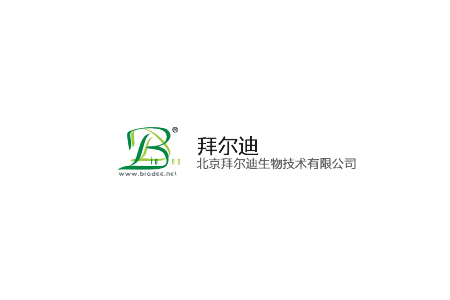

貨號
產(chǎn)品規(guī)格
售價
備注
BN40695R-100ul
100ul
¥2360.00
交叉反應:Mouse,Rat(predicted:Human) 推薦應用:IHC-P
BN40695R-200ul
200ul
¥3490.00
交叉反應:Mouse,Rat(predicted:Human) 推薦應用:IHC-P
產(chǎn)品描述
| 英文名稱 | RNF105 |
| 中文名稱 | 環(huán)指蛋白105抗體 |
| 別 名 | DCRR1; E3 ubiquitin protein ligase TTC3; E3 ubiquitin-protein ligase TTC3; Protein DCRR1; RING finger protein 105;Tetratricopeptide repeat protein 3 (TPR repeat protein D); Tetratricopeptide repeat protein 3; TPR repeat protein 3; TPR repeat protein D; TPRD; TPRDI; TPRDII; TPRDIII; TTC3; TTC3_HUMAN. |
| 研究領(lǐng)域 | 細胞生物 神經(jīng)生物學 信號轉(zhuǎn)導 G蛋白信號 |
| 抗體來源 | Rabbit |
| 克隆類型 | Polyclonal |
| 交叉反應 | Mouse, Rat, (predicted: Human, ) |
| 產(chǎn)品應用 | IHC-P=1:100-500 (石蠟切片需做抗原修復) not yet tested in other applications. optimal dilutions/concentrations should be determined by the end user. |
| 分 子 量 | 230kDa |
| 細胞定位 | 細胞核 |
| 性 狀 | Liquid |
| 濃 度 | 1mg/ml |
| 免 疫 原 | KLH conjugated synthetic peptide derived from human RNF105:251-350/2025 |
| 亞 型 | IgG |
| 純化方法 | affinity purified by Protein A |
| 儲 存 液 | 0.01M TBS(pH7.4) with 1% BSA, 0.03% Proclin300 and 50% Glycerol. |
| 保存條件 | Shipped at 4℃. Store at -20 °C for one year. Avoid repeated freeze/thaw cycles. |
| PubMed | PubMed |
| 產(chǎn)品介紹 | E3 ubiquitin-protein ligase that mediates the ubiquitination and subsequent degradation of phosphorylated Akt (AKT1, AKT2 and AKT3) in the nucleus. Acts as a terminal regulator of Akt signaling after activation; its phosphorylation by Akt, which is a prerequisite for ubiquitin ligase activity, suggests the existence of a regulation mechanism required to control Akt levels after activation. Catalyzes the formation of 'Lys-48'-polyubiquitin chains. May play a role in neuronal differentiation inhibition via its interaction with CIT. Function: E3 ubiquitin-protein ligase that mediates the ubiquitination and subsequent degradation of phosphorylated Akt (AKT1, AKT2 and AKT3) in the nucleus. Acts as a terminal regulator of Akt signaling after activation; its phosphorylation by Akt, which is a prerequisite for ubiquitin ligase activity, suggests the existence of a regulation mechanism required to control Akt levels after activation. Catalyzes the formation of 'Lys-48'-polyubiquitin chains. May play a role in neuronal differentiation inhibition via its interaction with CIT. Subunit: Interacts (when phosphorylated on Ser-378) with AKT1, AKT2 and AKT3 (when phosphorylated). Interacts with CIT. Subcellular Location: Nucleus. Tissue Specificity: Found in all tissues examined. Post-translational modifications: Phosphorylation on Ser-378 by Akt is required for ubiquitin ligase activity. Similarity: Contains 1 RING-type zinc finger. Contains 4 TPR repeats. SWISS: P53804 Gene ID: 7267 Database links: Entrez Gene: 7267 Human Omim: 602259 Human SwissProt: P53804 Human Unigene: 368214 Human Important Note: This product as supplied is intended for research use only, not for use in human, therapeutic or diagnostic applications. |